Oil/water interface allows the growth of hyper-branched gold nanoparticles in two dimensions
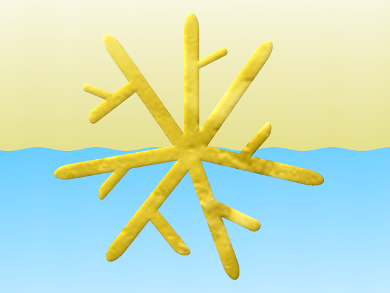
A New Way to 2D Gold Nanoparticles
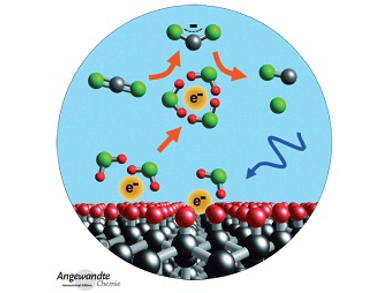
Angewandte Chemie 37/2014: Amazing Stories
Overview of the latest issue of Angewandte Chemie
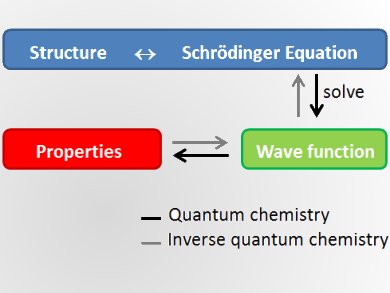
New Challenges in Quantum Chemistry
Turning quantum chemistry around could completely change compound design
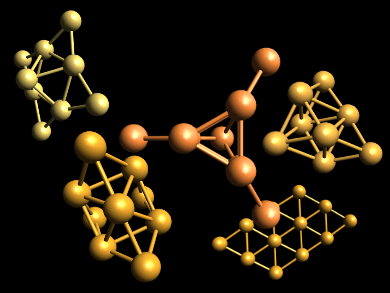
How Does 3D Gold Roll?
New insights in the dimensionality crossover of gold clusters may be fundamental for elucidating their catalytical behavior

Chemical Poems: Ytterbium
Poems based on the natural properties of each of the elements of the periodic table
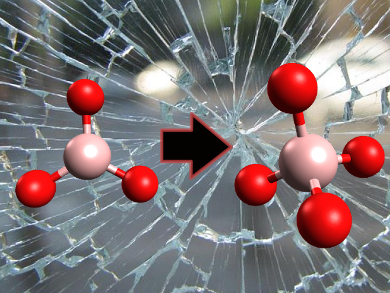
Watch Transition of Glass Structure Under Pressure
Atoms in borosilicate glass captured while it flips from one structure to another under high pressure

Mark Cesa and the IUPAC
Since the beginning of this year Cesa has been the new President of IUPAC
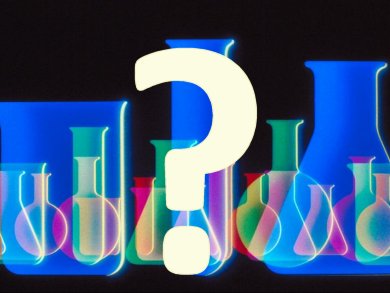
Guess the Chemist (33)
Can you guess the famous scientist from the description?

Editors’ Choice: Spotlights from ACES
Selection of just published articles from ACES journals

ACES: Research of the Day
The latest chemistry from ACES journals --- updated daily